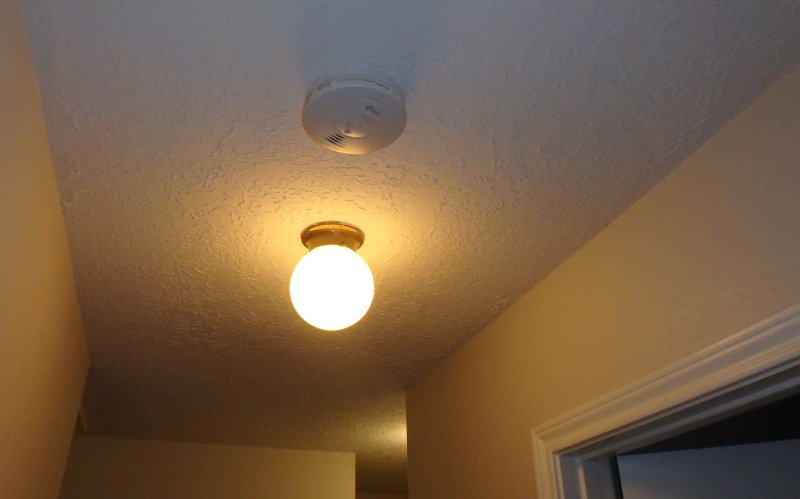Smoke Detectors and the Seller’s Disclosure
While performing an inspection on a residential building (home) the other day my client asked me about the line item in the seller’s disclosure form that asks the seller if smoke detectors in the building are installed in accordance with the requirements of the Texas Chapter 766, Health and Safety Code. Often the answer to this questions in the seller’s disclosure form is, “I don’t know”; although, more frequently the answer is, “No.” Basically, this question is asking whether the smoke detectors are installed in accordance with local codes. I would expect most sellers not to know the answer to this question since most are not knowledgeable of construction standards; however, smoke detectors have been determined to significantly improve survivability of home fires, and I suspect the purpose of this required disclosure is an attempt at improving the home’s safety by bringing the status of smoke detectors in the building to the attention of a buyer and seller for consideration. Knowing smoke detectors have been updated to meet code could also be a tell-tale sign to determine if permitted modifications were performed since the adopted 2000 residential code as it can be costly. 
Smoke Detectors and Chapter 766 Health and Safety
To summarize Chapter 766 it generally requires that smoke detectors be installed in accordance with current construction code for the jurisdiction the home is in, and in keeping with the construction code, requires upgrading the smoke detector installation to meet current code as well as specific criteria including performance, location, and power source requirements when modifications associated with additional construction to the building require permitting. This does not appear to mean that upgrades are required based upon just the sale of a building, except for the case of hearing impaired individuals. There are some other provisions in Chapter 766 and the code, and it is worth a read. It is clear language and is fairly short.
Smoke Detectors and Construction Codes
Construction codes vary with version updates occurring every three years since 2000. New versions are typically edited by the local municipality to be more stringent and to meet local concerns or conditions. Often cities adopt code versions every second or third update to allow them time to consider their own modifications. The smoke detector installation requirements in the residential construction code have been relocated within the code book in different versions over the years along with some exceptions in mounting requirements, but the required core locations have not really changed and can currently be found in section R314 of the 2015 International Residential Code. Although requirements for your area could vary the basic reading of the code requires that each sleeping room have a smoke detector, that one be placed outside each sleeping area, and that each habitable level of the home have a smoke detector with some exceptions and instruction on where you can omit them. There are also code requirements for carbon monoxide detectors that should also be added. Consider this information as general and review your current installation, especially if you are planning on remodeling, modifying, or selling you home. You should review the code requirements for your area by contacting your municipal code official for clarification and to ensure there are no special provisions in your jurisdiction.


Recent Comments